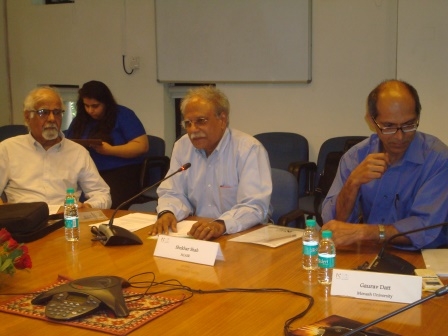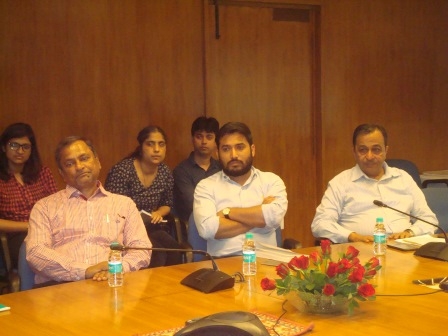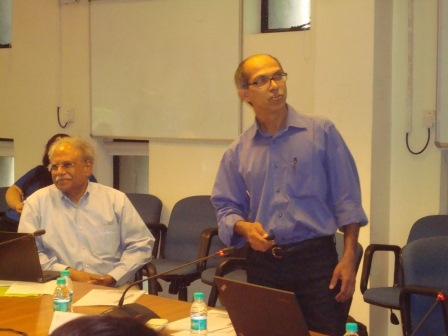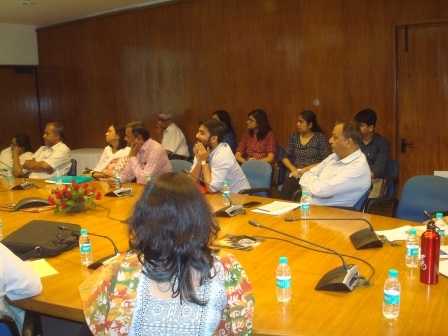Growth, Urbanization, and Poverty Reduction in India
04 Apr 2016
Past Event
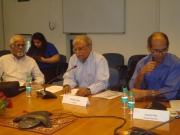
Gaurav Datt of Monash University presented his work on “Growth, Urbanization, and Poverty Reduction in India”, co-authored with Martin Ravallion at Georgetown University and Rinku Murgai at the World Bank. This new work delivers the most robust evidence to date that economic growth in India has not only come with a lower incidence of absolute poverty but also with an acceleration in the pace of poverty reduction in the post-1991 period. Faster poverty declines have come with both higher growth and a more pro-poor pattern of growth. Ms Mousumi Das, Associate Fellow, NCAER, was the discussant.
Past thinking about the impact of economic growth on poverty in developing countries has emphasized the role of urbanization. There was much hope in India that higher growth rates after the 1991 economic reforms would bring faster poverty reduction. But there were also signs of rising inequality in the post-reform period, raising doubts about how much the poor were sharing in the gains from growth. Building on earlier work by Datt and Ravallion (1996), the authors now compile a new series on poverty and related data spanning 60 years, substantially extending the reach of their analysis. With the benefit of nearly 20 years of post-1991 data, Datt and colleagues find a downward trend in poverty measures since 1970 that accelerated after 1991. Despite rising inequality within the rural and (especially) urban sectors, growth within the sectors delivered sufficient gains to poor people to mitigate higher inequality. Population urbanization played a role, but not in the standard way assumed by the Kuznets process in which distributions are preserved within both the rural and urban sectors. Instead, the authors find that urbanization came with distributional changes within sectors. Another difference is that the sectoral pattern of growth in India’s Net Domestic Product mattered less to progress against poverty post-1991 than was the case in the pre-1991 period. Stronger inter-sectoral linkages suggested by the post-1991 data meant that urban consumption growth brought gains to the rural as well as the urban poor. The composition of growth between the primary, secondary, and tertiary sectors ceased to matter as all three sectors contributed to poverty reduction.
About Gaurav Datt
He is Associate Professor and Deputy Director of the Centre for Development Economics and Sustainability at Monash University in Melbourne. He has worked previously in research positions at the World Bank and IFPRI in Washington D.C, most recently with the Bank based out of Sydney and Kathmandu. Datt’s primary focus on poverty, income distribution and social policy has led to extensive journal publications and several World Bank country poverty assessments. His work has covered countries including India, China, Egypt, Laos, Mozambique, Nepal, Papua New Guinea, the Philippines, Sri Lanka and Timor-Leste. Datt has a PhD in Economics from ANU in Canberra, and an MA from the Delhi School of Economics.







